From Wudu to Salah: Helping Your Child Build a Love for Prayer

Message from the Writer: "Teaching our children to pray isn’t only about memorising steps but it's about helping them fall in love with prayer itself. Having parents companied them throughout the process, from wudu to salah, children learn salah through warmth and interaction, not pressure. In this blog, I’ll share gentle ways to make that process feel joyful and meaningful for little hearts."
Starting with Wudu: A Lesson in Purity and Calm
Wudu is more than just washing; it’s the beginning of peace. When children see it that way, they approach Salah with readiness and excitement. You can turn Wudu into a special moment of reflection by explaining that every drop of water cleans not just the body, but also the heart.
The Prophet ﷺ said:
“When a Muslim washes his face during Wudu, every sin he looked at leaves with the last drop of water.” (Muslim)
Children love tangible examples. Let them pour the water themselves, count each step aloud, and smile when they get it right. Turn it into a moment of shared calm. Perhaps even make it fun by singing a short Wudu song together. Over time, they’ll connect Wudu with feeling refreshed and pure, ready to meet Allah in prayer.

Making Salah a Joyful Experience for Children
Start Small and Keep It Positive
For a child, salah should feel like coming home where it is peaceful, safe, and full of meaning. Avoid making it a routine of rules and instead focus on connection.
Start with short prayers and small wins. Invite your child to join you for a single raka'at and praise their effort. Consistency builds naturally when prayer feels comforting, not demanding.
Use Interactive Tools to Encourage Learning
Many parents find that children respond best when salah is seen and heard through visuals, sound, and action. That’s where the Interactive Kids Prayer Mat by My Salah Mat becomes a beautiful companion.

This mat guides children step by step through the prayer process, from wudu to adhan to sujood, using touch-sensitive buttons and clear audio instructions. It’s interactive, screen-free, and designed to nurture confidence, helping children learn through doing.
It also encourages independence. When children press the buttons and follow along, they begin to take ownership of their learning.
Be the Friend Who Teaches Faith
Children remember how they felt during learning far more than what was said. Be their friend through the journey. Sit beside them, pray with them, and celebrate progress together. Involve them in daily prayers such as in performing the Maghrib prayer.
If they make mistakes, remind them that everyone once learned the same way, even us as parents. Encourage their curiosity:
“Why do we say Allahu Akbar?”
“What happens when I raise my hands?”
These small questions open big doors. Each answer helps them see salah not as an obligation but as a conversation with Allah.

By being patient and kind, parents model the essence of worship filled with sincerity and love. The goal isn’t perfection; it’s nurturing the heart. Over time, the steps of salah become familiar, and the feelings that come with it like peace, gratitude, and closeness, begin to bloom naturally.
A Habit That Lasts a Lifetime
When wudu and salah are taught with gentleness, they become habits children carry for life. The goal isn’t just to make them pray, but to help them want to pray.
The Interactive Kids Prayer Mat supports this beautifully. It gives children the confidence to learn independently, while parents can guide from beside. The learning feels natural, full of colour, sound, and discovery.
A child who enjoys salah grows into an adult who treasures it. And that’s the kind of love we all hope to pass on, a love that begins with one small sujood.
You may also like to read:
How to Teach Maghrib Prayer Step by Step to Kids
How To Teach Wudu To Children: How To Make Wudu Fun And Interactive
FAQs
1. How can I make Wudu more engaging for young children?
Turn it into a fun and calm activity. Let them count the steps aloud or mirror your actions. Explain its meaning that Wudu cleans the heart and prepares us to meet Allah.
2. What if my child struggles to stay focused during Salah?
Keep it short and positive. Invite them for one raka'at, praise their effort, and slowly increase over time. Children focus better when learning feels enjoyable and not forced.
3. How can I teach Salah without relying on screens?
Interactive tools like the Interactive Kids Prayer Mat provide screen-free guidance through touch and sound. It teaches wudu, adhan, and salah in a fun and memorable way.
4. At what age should children begin learning Salah?
The Prophet ﷺ encouraged introducing salah at age seven in a gentle, consistent manner. Focus first on understanding and love before strict routine.
5. How can parents make Salah a shared family experience?
Create a family prayer space, pray together, and let children lead sometimes. Celebrate their effort and share reflections after prayer. This builds unity and warmth.
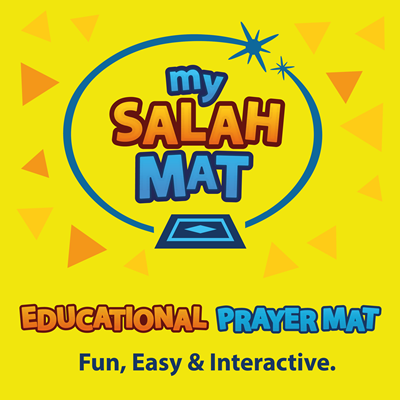







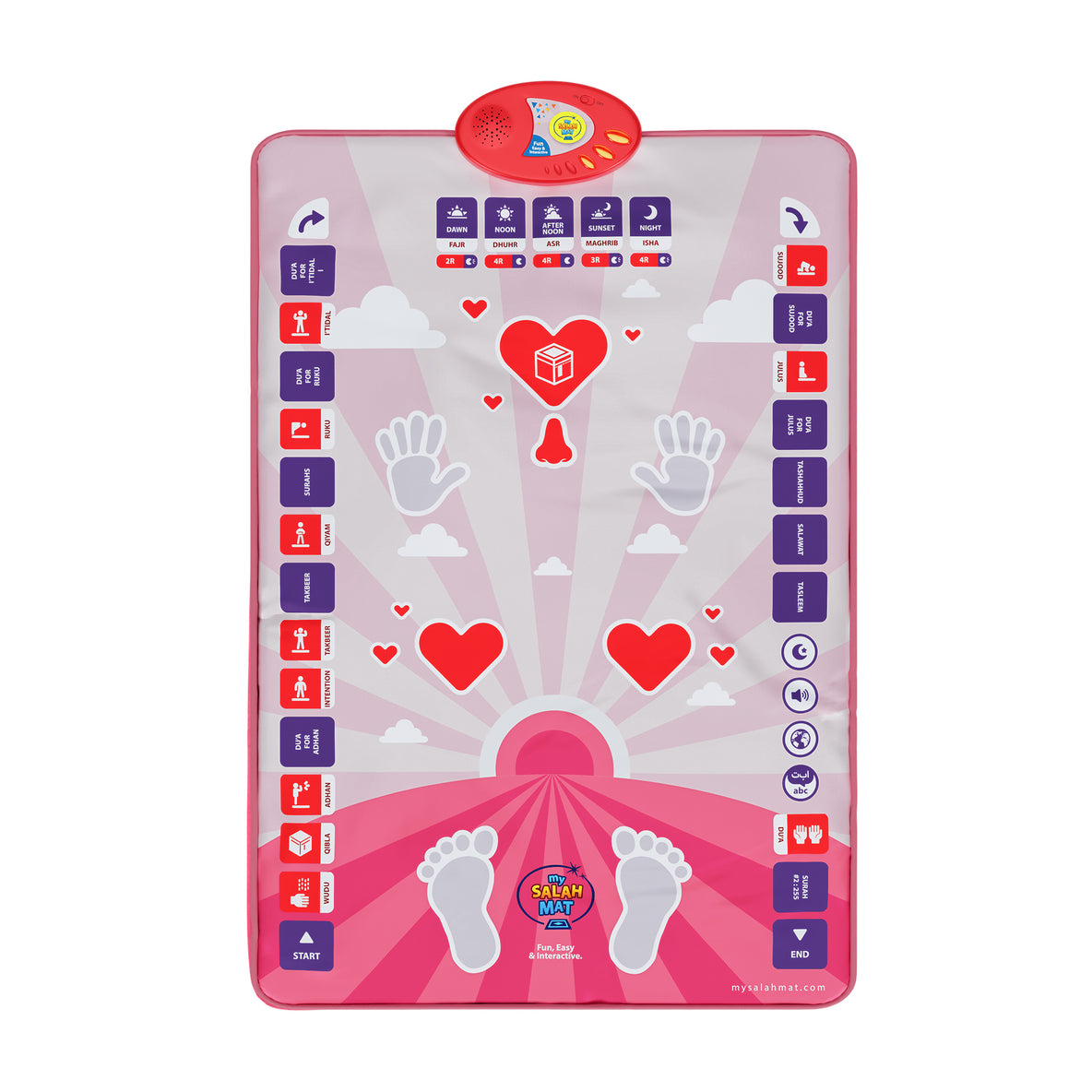



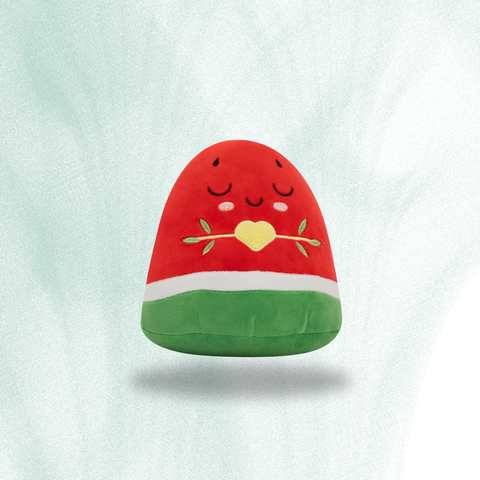
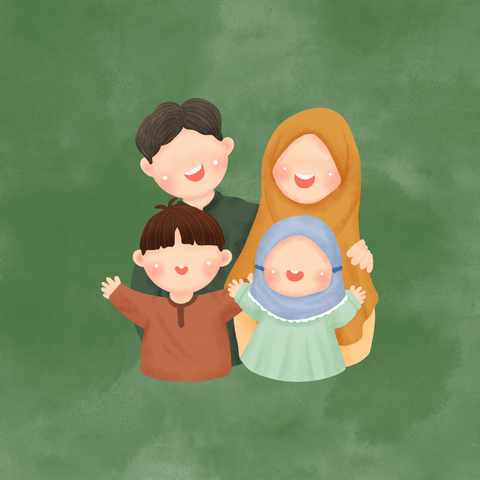

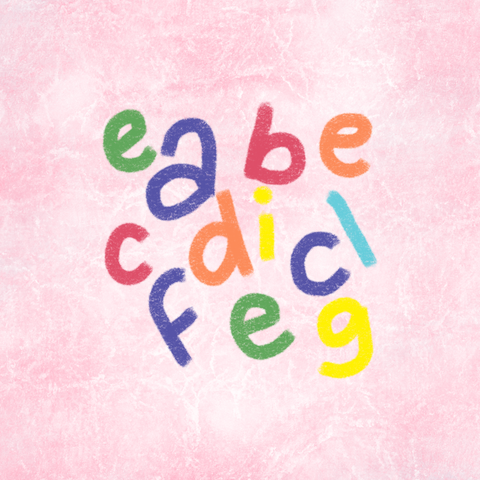
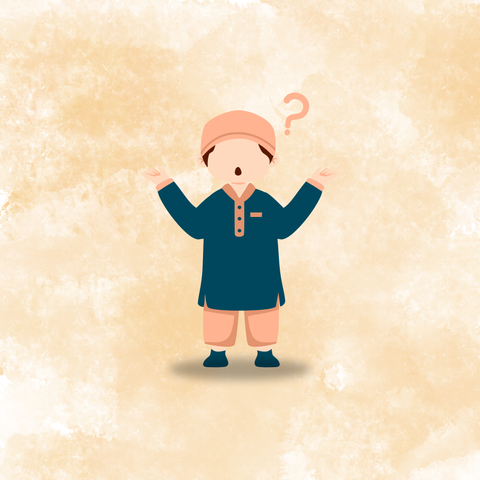
 Liquid error (snippets/@AlternatingContentX line 127): Could not find asset snippets/CustomTexts-.liquid
Liquid error (snippets/@AlternatingContentX line 127): Could not find asset snippets/CustomTexts-.liquid